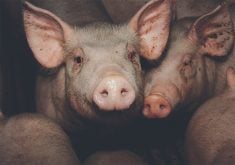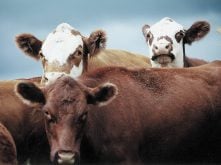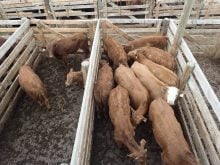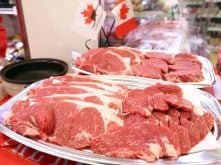BEAVERLODGE, Alta. – It’s a long way from Beaverlodge to Ottawa, but the new Canadian Cattlemen’s Association president says the issues are the same for cattle producers wherever he goes.”Our challenges in the industry are largely consistent with elsewhere in Canada,” said Travis Toews, who was elected president of the national beef lobby group in March.”We have advantages and disadvantages here. The issues are consistent wherever you are located.” Drought, excess moisture, low cattle prices, putting up feed, calving cows and fixing fences are the same across the country, he said.During a visit last week, Toews said only a handful of his 830 cows had yet to calve before being moved to summer range.A few years ago, the family pushed back calving to begin April 20 and last for 60 days. Because they keep the calves over the winter, it no longer matters if they reach a certain weight by the annual fall run, said Toews’ father, Mel.The addition of the backgrounding step has added flexibility, he added.A small feedlot has also given the family more flexibility. If prices don’t pencil out by the time the animals weigh 900 pounds, they can stay at the northern Alberta ranch until they’re finished.A snowfall on the May long weekend dumped 45 centimetres of snow on the area and slowly soaked into the ground. It’s the last moisture producers received.Toews said the late spring snowfall left their pastures and hay land in good condition, but he realizes other cattle producers might not be so lucky. “Water has the potential to have a negative impact on feed and feed plans. One month ago we thought it meant surplus. At this point, I’m not so sure,” Toews said from his farm office.The new CCA president said he doesn’t plan to take the organization in a different direction.”The CCA is largely proceeding on the right issues and I have no intention of changing course significantly.”What’s important for the industry is to ensure cattle producers are competitive and that Canada is not shut out of the world’s beef importing countries.”In my view, the industry needs to continue to ensure it responds to market signals and is market driven.”Toews said the industry must continue to lobby government to ensure that food inspection rules and regulations, including those governing specified risk material, don’t become too onerous for the cattle industry and force Canadian beef producers out of the world market.”The CFIA (Canadian Food Inspection Agency) does a terrific job of ensuring the safety of the food supply for the Canadian consumer. Our challenge is for them to look after that, but ensure that it doesn’t (become) extra costly to compete globally.”Despite problems in the cattle industry since BSE was discovered in Canada in 2003, Toews said producers are beginning to feel optimistic again. Cattle numbers have dropped and demand has slowly started to increase.”It’s been a long seven years,” he said. “The economics have been challenging at best. There has been an exodus of producers from the industry. We’re emerging (as) a more competitive industry.”
Read Also
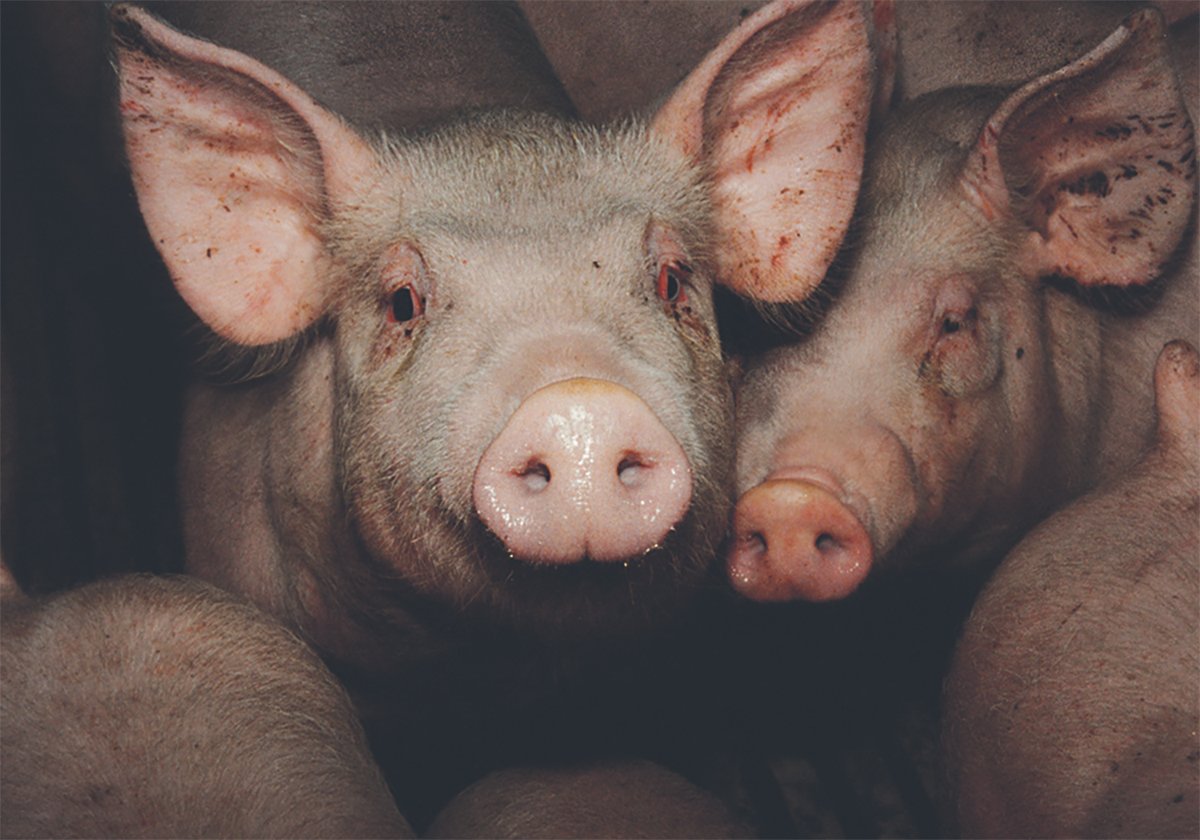
The Western Producer Livestock Report – October 30, 2025
Western Producer Livestock Report for October 30, 2025. See U.S. & Canadian hog prices, Canadian bison & lamb market data and sales insights.


